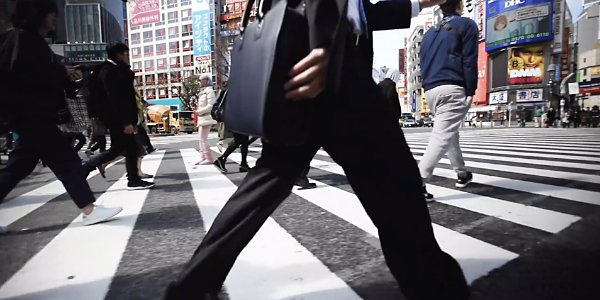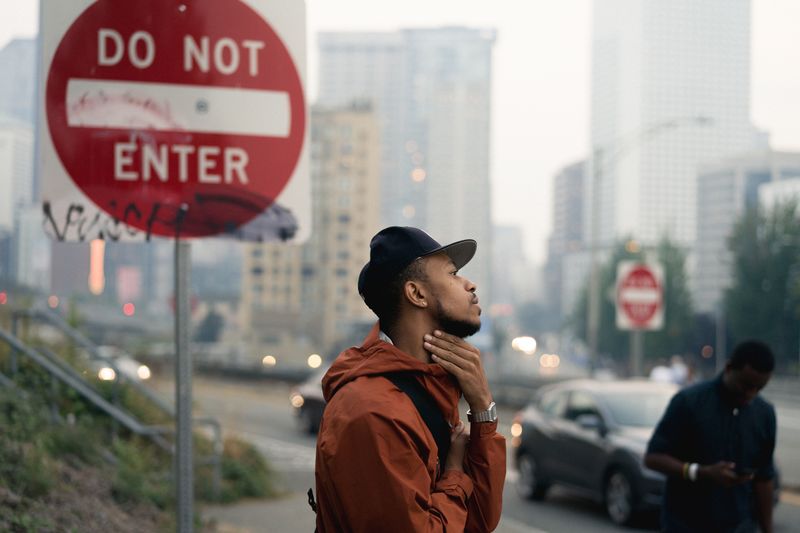Examine This Report about Street Photographers
Examine This Report about Street Photographers
Blog Article
Unknown Facts About Street Photographers
Table of ContentsThe Best Strategy To Use For Street PhotographersStreet Photographers Things To Know Before You BuySee This Report on Street PhotographersThe Only Guide for Street PhotographersSome Known Facts About Street Photographers.
Street digital photographers do not necessarily have a social purpose in mind, however they choose to isolate and capture minutes which could otherwise go unnoticed.He was affected by many of those who affected the street digital photographers of the 1950s and '60s, he was not mainly interested in catching the spirit of the street. The impulse to visually document people in public started with 19th-century painters such as Edgar Degas, douard Manet, and Henri de Toulouse-Lautrec, who functioned side by side with digital photographers attempting to catch the significance of urban life.
In contrast to Atget, professional photographer Charles Marville was worked with by the city of Paris to create an encyclopaedic document of Haussmann's metropolitan preparation project as it unravelled, thus old and new Paris. While the photographers' subject was essentially the same, the outcomes were considerably different, demonstrating the impact of the digital photographer's intent on the character of the images he generated.
Given the great quality of his photos and the breadth of product, designers and musicians frequently got Atget's prints to use as recommendation for their own job, though business passions were barely his major motivation. Rather, he was driven to photo every last remnant of the Paris he loved. The mingled interest and urgency of his mission luster through, leading to photos that tell his own experience of the city, high qualities that anticipated street digital photography of the 20th century.
Street Photographers for Dummies
They disclose the city through his eyes. His work and fundamental understanding of photography as an art kind worked as ideas to generations of photographers that complied with. The future generation of street professional photographers, though they likely did not describe themselves thus, was introduced by the photojournalism of Hungarian-born digital photographer Andr Kertsz.
Unlike his peers, Brassa used a larger-format Voigtlnder electronic camera with a longer direct exposure time, requiring him to be extra computed and thoughtful in his practice than he might have been if using a Leica. (It is thought that he might not have actually been able to pay for a Leica during that time, but he did, however, use one in the late 1950s to take colour pictures.) Brassa's photos of the Paris underworld lit up by man-made light were a discovery, and the collection of the series that he published, (1933 ), was a significant success.
Cartier-Bresson was a champ of the Leica electronic camera and one of the first professional photographers to maximize its capacities. The Leica allowed the digital photographer to communicate with the environments and to capture moments as they took place. Its relatively little dimension also aided the professional Source photographer discolor into the background, which was Cartier-Bresson's recommended strategy.
The Ultimate Guide To Street Photographers
It is as a result of this basic understanding of the art of photo taking that he is frequently attributed with discovering the medium throughout once again about a century given that its development. He took pictures for greater than a half century and influenced generations of professional photographers to trust their eye and intuition in the minute.
These are the questions I will attempt to respond to: And after that I'll leave you with my own meaning of street photography. Yes, we do. Allow's start with specifying what a definition is: According to (Street Photographers) it is: "The act of defining, or of making something precise, unique, or clear"
No, most definitely not. The term is both limiting and misinforming. Seems like a road photography must be pictures of a roads ideal?! And all road photographers, besides a handful of absolute beginners, will completely appreciate that a street is not the crucial part to road photography, and actually if it's an image of a road with possibly a few monotonous people doing absolutely nothing of interest, that's not street photography that's a photo of a road.
Rumored Buzz on Street Photographers
He makes a valid factor do not you think? Nevertheless, while best site I agree with him I'm unsure "candid public photography" will capture on (although I do type of like the term "honest photography") because "road photography" has actually been around for a lengthy time, with lots of masters' names connected to it, so I believe the term is right here to remain.
Inside?! I hear you shout as you shake your hand to the sky. Why not? You can shoot at the coastline, at a festival, in an alley, in a park, in a piazza, in a coffee shop, at a gallery or art gallery, in a metro terminal, at an occasion, on a bridge, under a bridge ...

The Main Principles Of Street Photographers

Report this page